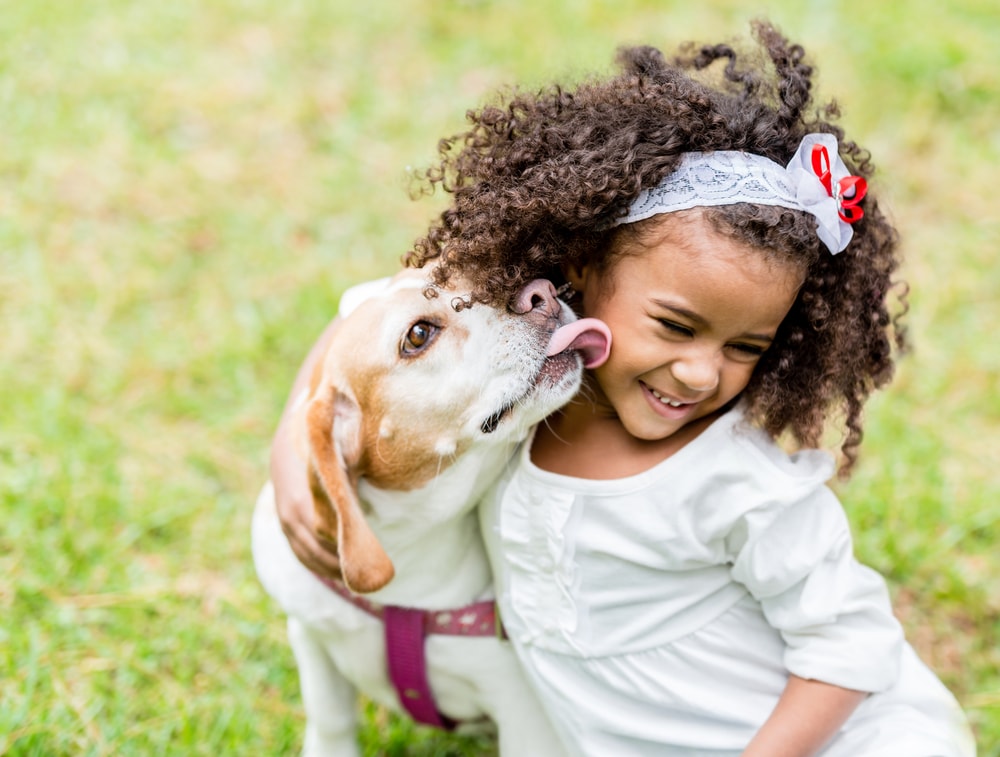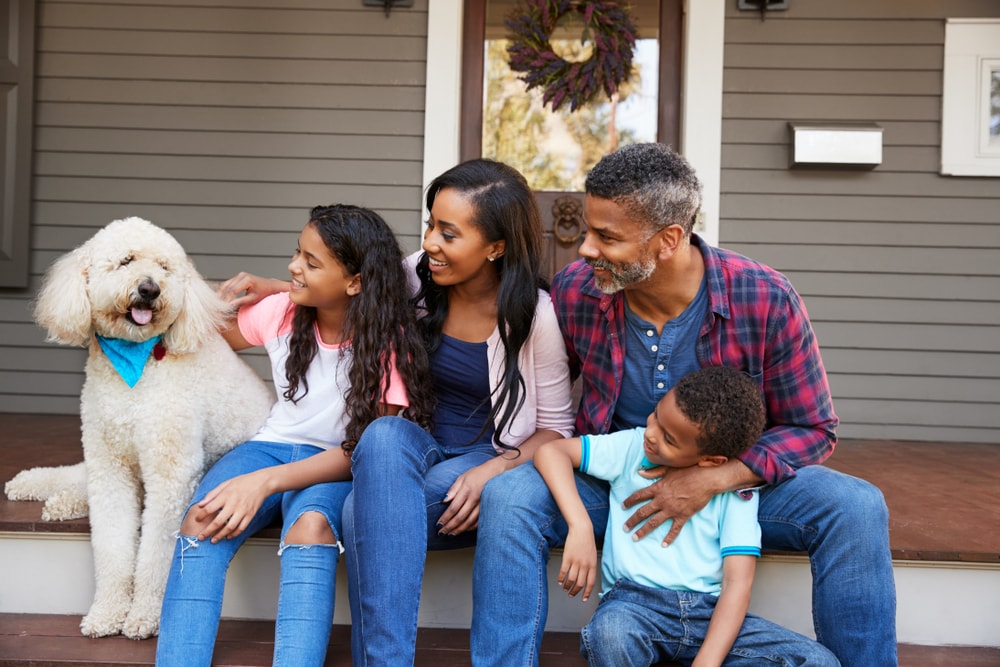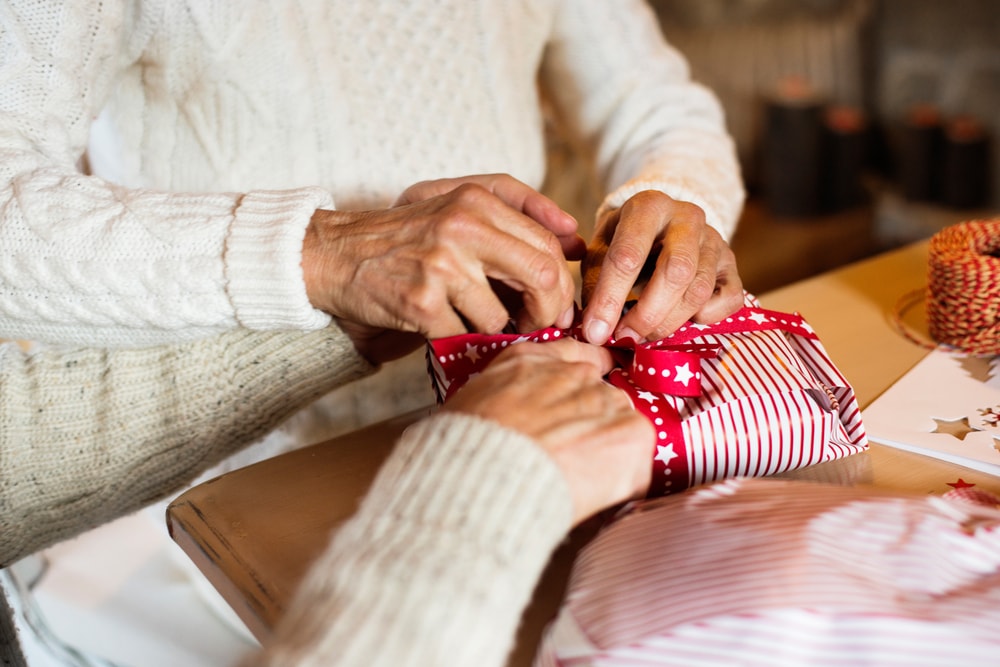
When a child dies, our thoughts immediately turn to the parents and the deep grief they must be feeling. And while this reaction is good, right, and warranted, we often forget that there are also deeply grieving grandparents who need our support and sympathy, too. Because they are often overlooked, grandparents face several unique challenges on the way to healing.
Often called “neglected mourners,” grandparents take a back seat to the primary mourners – the parents and siblings of the child who has died. But Dr. Alan Wolfelt, a nationally respected grief counselor and educator, tells us not to forget grandparents. He says: “When a grandchild dies, grandparents grieve twice. They mourn the loss of the child and they feel the pain of their own child’s suffering. Sometimes we forget about the grandparents when a child dies. You can help by not forgetting, by offering the grandparents your love, support and presence in the weeks and months to come.”

Because they are often overlooked, grandparents face some extra challenges. Let’s review those challenges so you can better understand what a grieving grandparent may be feeling and can determine how best to love and support them through this terrible loss.
10 Challenges Grieving Grandparents Face
1. Their grief is often unacknowledged
As mentioned above, grandparent grief is often overlooked or unacknowledged. This tendency is not intentional or malicious, but it does make the grief journey harder for grandparents. Grief that is unacknowledged or overlooked by society or groups of people is called disenfranchised grief. Often those whose grief is disenfranchised have a hard time sharing their thoughts and emotions because they feel that their grief is out of place or doesn’t help the situation. While grandparents often feel helpless, angry, and heartbroken over the loss of a grandchild, they may feel less able to openly express their feelings because they are not the primary mourners.
2. They may not receive the support they need
Because grandparents are not the primary mourners, they don’t often receive the support they need during a time of loss. Friends may rally around the child’s immediate family and bring casseroles and condolences, but is anyone offering the same type of support to the grandparents? Unfortunately, the answer is commonly no. And while there are generalized grief support groups, it’s hard to find a support group that specifically addresses grandparent grief.
3. They may feel unable to share their feelings
As a matriarch or patriarch of the family, it’s natural to want to show a strong, loving face to family, especially to a grieving adult child and their spouse and children. Because a grandparent may feel the need to offer support to their grieving child and doesn’t want to add any additional burden, they may push aside their own feelings of grief in favor of offering support and assistance. While offering practical help to their grieving child is good, it can sometimes be at the expense of their own grief journey. There’s a delicate balance to find between helping and healing.
4. They may deal with family splintering
The death of a child can put a lot of stress and strain on a marriage. While it doesn’t happen often, there are cases when a marriage is unable to survive the death of a child and a whole new set of challenges are introduced. Not only is the immediate family adjusting to separated life, the grandparents must also learn how to adjust to this new lifestyle. They may not be able to see their living grandchildren as often as they did before, which may complicate the grief they feel over the grandchild who has died. Instead of being able to enjoy their living grandchildren, they are pushed even further to the outskirts, their grief and needs overlooked and unacknowledged.
5. They may have to take on a parenting role
Depending on proximity and the closeness of relationship, grandparents may be asked to step in to help with siblings while the parents deal with the effects of losing a child. In some ways, this is a blessing. Grandparents can spend time with their living grandchildren and further cement those precious relationships. On the other hand, with less energy reserves, grandparents may have difficulty finding the time and mental/emotional energy to process through their own emotions of grief. Every bit of energy goes toward keeping the family afloat.
It’s important to note that parents will also feel this strain as they grieve the loss of their child. They will be torn between responsibilities to living children, jobs, friends, family, extracurricular activities, and more. A hybrid option is likely best – parents and grandparents (with other friends and family) helping each other along the way and alternating babysitting to give each person the breaks they need.
6. They may feel helpless in the face of their child’s pain
First and foremost, a grandparent is a parent themselves. Their own child is in deep pain, and there’s nothing they can do about it. They want to help, to fix, to prevent pain, but in this case, there’s often a sense of helplessness. Some grandparents may feel depressed at their lack of ability to help and may experience additional stress because they are concerned about the mental and emotional well-being of their child.
7. Their health may suffer
For particularly elderly grandparents, health and wellness are a concern during times of grief. Because young people are often physically healthy, they don’t think too much about the physical difficulties of grief. However, for elderly grandparents, deep grief can lead to not eating, sleeping poorly, socializing less, and not functioning as well. It’s best to keep a loving eye on grandparents whose health is not the best and keep a lookout for potential declines.
8. They don’t have as much energy
As mentioned earlier, grandparents may not have as much energy as they used to. Their pace of life is already slowing down a little and energy levels are decreasing. Grief is hard mentally, physically, and emotionally, so it may take grandparents a little more time and effort to grieve. While they do have more life experience and have likely lost loved ones before, the loss of a child is especially difficult at any age.
9. They deal with a loss of legacy
Both parents and grandparents expect a child to outlive them, so when that doesn’t happen, there’s a sense that a legacy has been lost. This feeling can be especially potent if the grandparents only have one grandchild. Whether the grandchild is two, ten, or 25, they must deal with the loss of what could have been – what should have been.
10. They may deal with feelings of guilt
Some grandparents may feel guilty after the loss of a grandchild. Having lived a long life themselves, they may struggle to make sense of what has happened. Questions like, “Why couldn’t it have been me?” may pass through their minds. While this feeling is natural and normal following a loss, guilt is often misplaced and can lead to grieving complications.
Now that you understand several of the challenges that grieving grandparents face, let’s talk about a few things you (and they) can do to grieve well after the loss of a grandchild.
Tips for Grieving Well
As the grandparent:
- Find ways to express your feelings
- Talk to friends or relatives about your loss
- Don’t compare your grief to that of your child or son or daughter-in-law; everyone’s grief is unique and different
- Take care of yourself physically so you have the mental and emotional energy you need
- Honor your grandchild’s life and memory in meaningful ways

As the supportive friend or family member:
- Offer a listening ear
- Help with household chores and must-do activities to give grandparents more time and energy to work through their grief
- Express your condolences and acknowledge their loss
- Look for ways to include them in healing rituals and meaningful moments
The loss of a grandchild is a severe blow – to both the parents and grandparents. None of them will ever truly “get over” the loss, and really, that’s not the goal. The goal of healthy grieving is to find a way to reconcile yourself to the loss and begin to move forward with meaning and purpose. The child that has died will always be missed – that’s a fact. Though life has changed irreversibly, it can be good again as you do the work of grief and meaningfully and personally grieve.













































 6. DON’T Be Nosy
6. DON’T Be Nosy











 Myth #10: Grief is reserved for the passing of a loved one.
Myth #10: Grief is reserved for the passing of a loved one.






